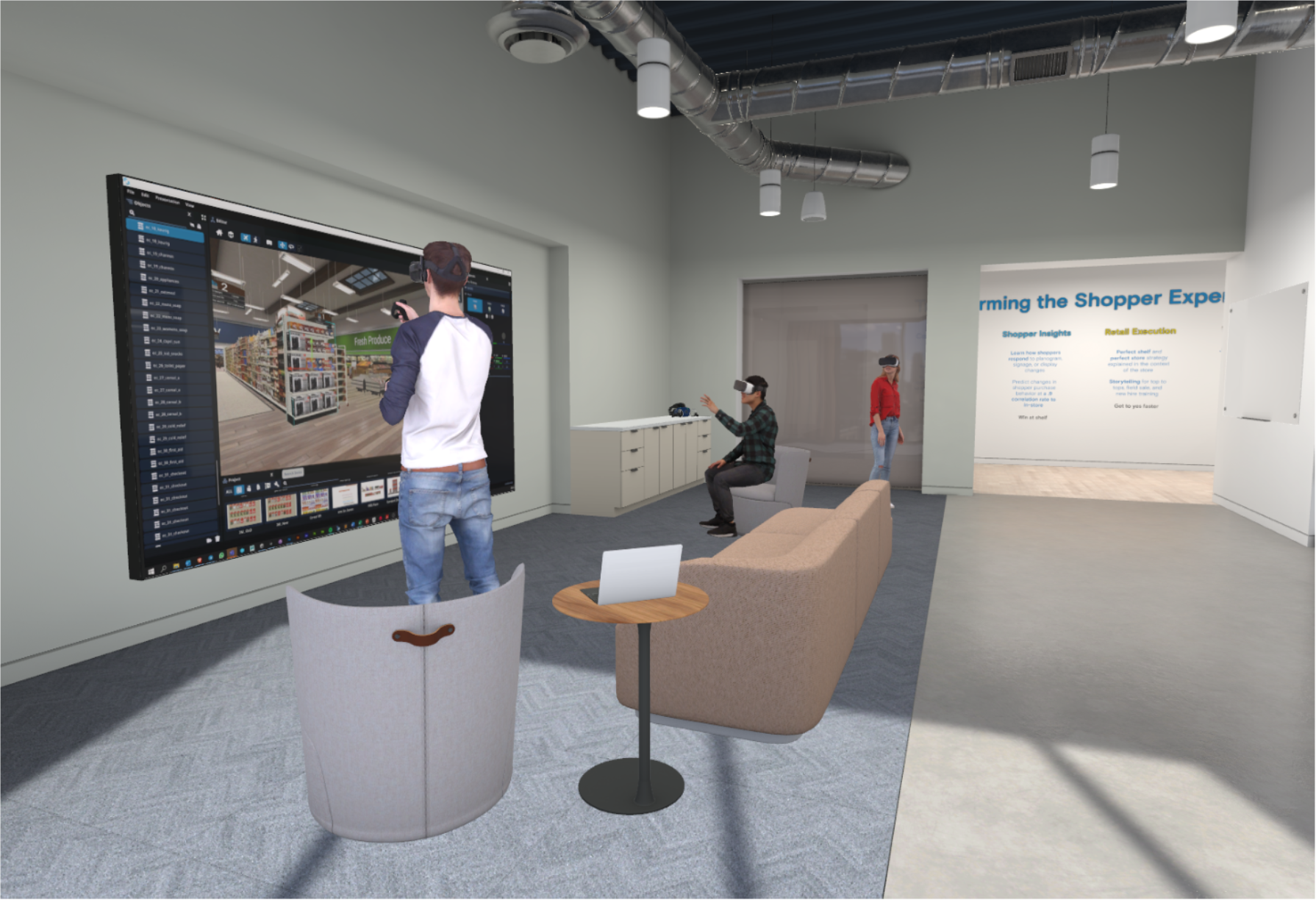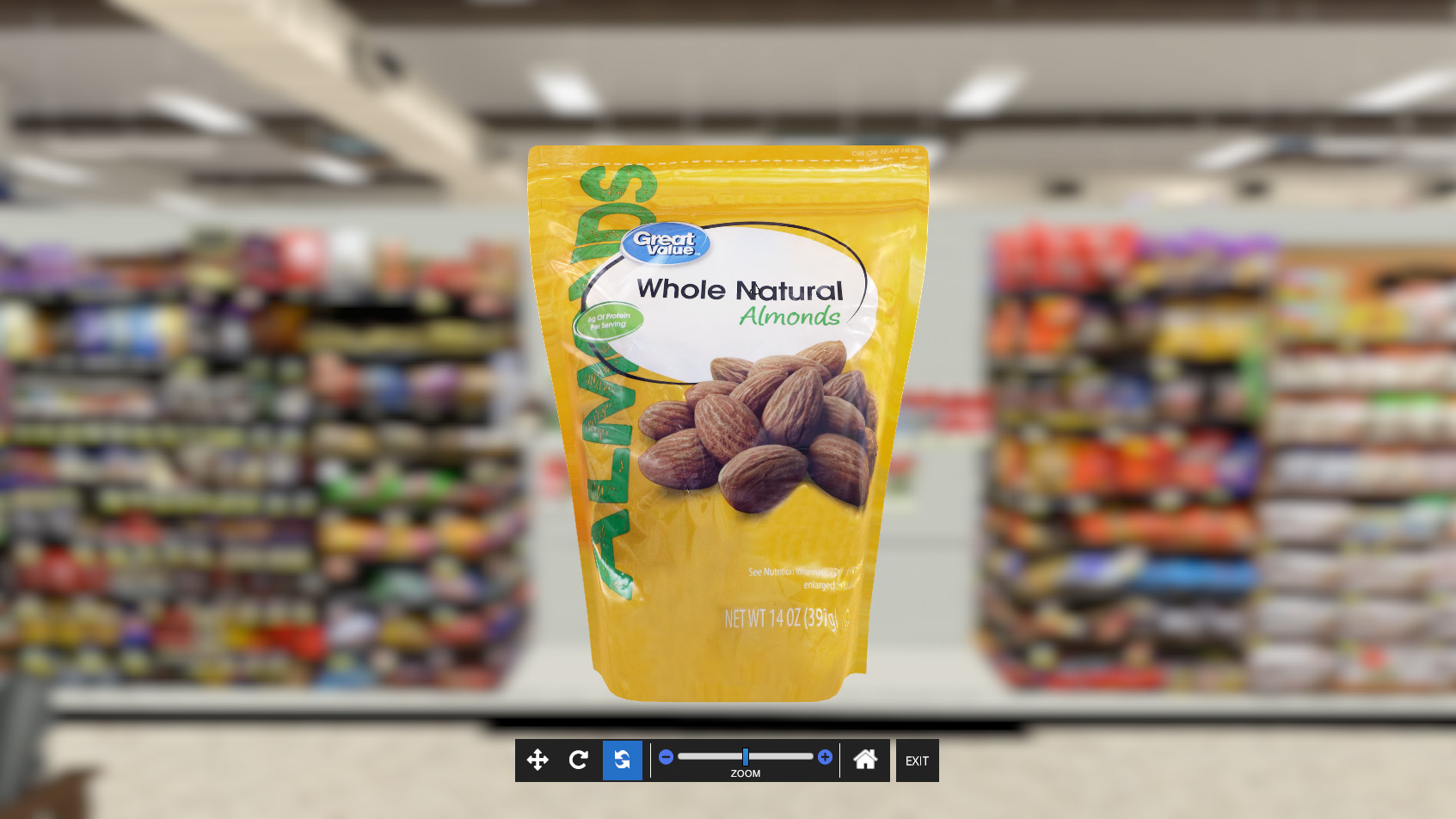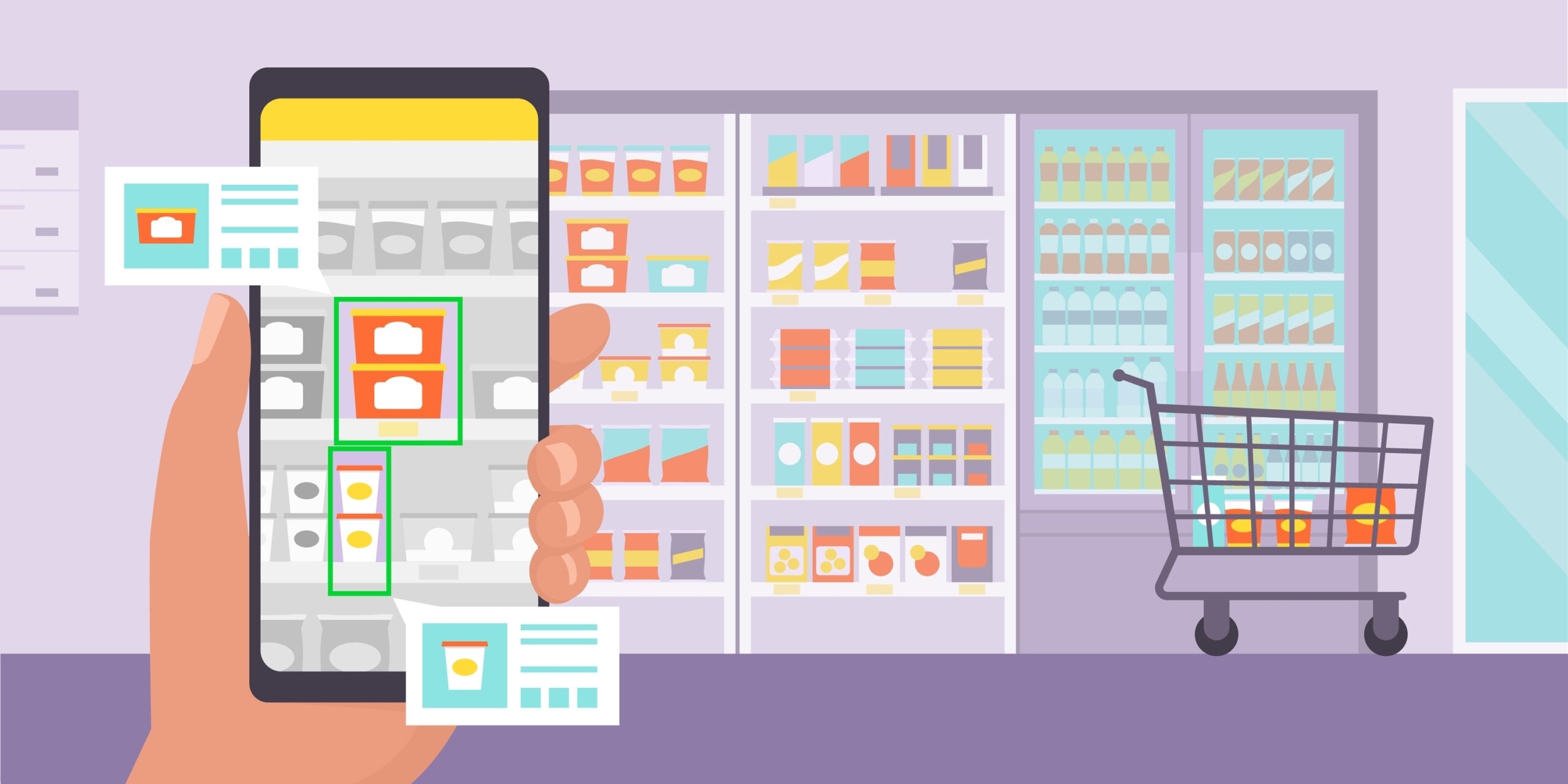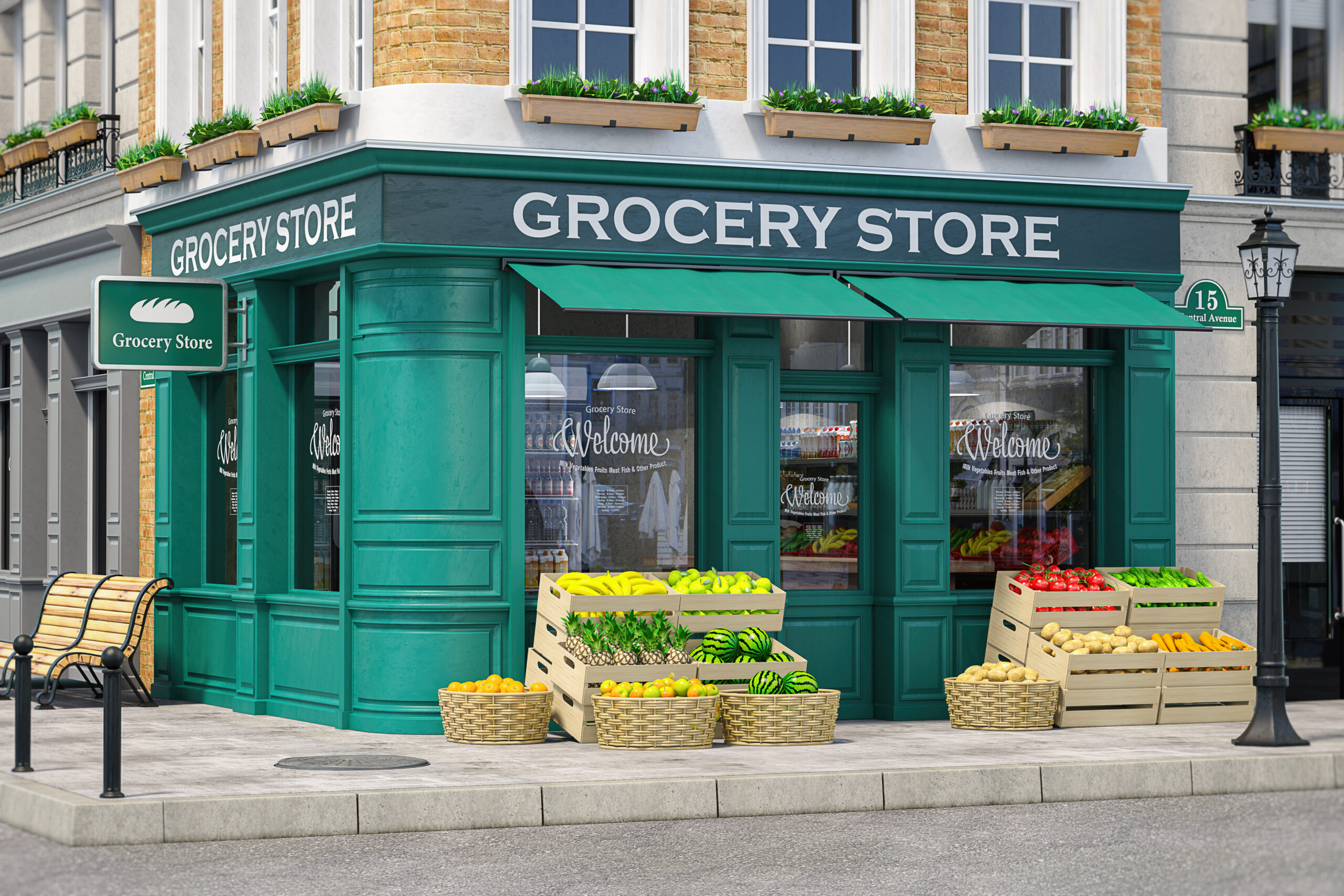At the onset of the 2020 global pandemic and in the many world events since, retail organizations had no choice but to shake up their longstanding practices and look at them through a new lens. In the wake of those changes, one renewed sense of urgency emerged around the issue of sustainability. Why? Brands and retailers had to become more transparent in their practices and policies. Because of this, their role in the global output of carbon emissions, plastics, and packaging waste, all of which are affecting climate change, has come front and center.
Many organizations are setting bold objectives. In an effort to cut plastics pollution, more than 70 national and international brands signed a pledge to reduce single-use plastics and increase the use of recycled and recyclable packaging. Most recently, retailers Amazon Fresh and Target have both committed to net-zero emissions by 2040.
It’s good news. If ever there was a time for retailers, brands, SaaS companies, and the tech industry as a whole to shine, it’s right now. As Accenture states on its website, “digital technology is one of the greatest enablers of sustainability.”
Here are 3 unique ways you should consider implementing 3D store technology to bring environmental awareness to your retail strategy and embrace sustainable business models.
Virtually test sustainable packaging
Nearly all brands are looking to put a sustainable foot forward when it comes to implementing greener packaging for their products. But understanding how those changes will impact sales is also top of mind. Instead of experimenting with physical prototypes, 3D simulation software can help guide that process by creating virtual package concepts, testing them in a digital twin of the retail store, and learning how respondents react.
For example, one brand wanted to learn if using cardboard boxes with green marketing, instead of images of the product, would increase purchases. They were able to leverage virtual to quickly design and test the new packaging with real shoppers online, and learned the new packaging seemed to be confusing. The company went back to the drawing board to come up with a new design, without losing time or physical store investments.

Take innovation centers digital
There’s no better way to drum up excitement about new initiatives than bringing together decision-makers to collaborate on fresh, future-focused ideas. Or is there? Digital innovation centers are hot on the scene, where brand and retail teams can show off new store concepts and iterate together within a virtual space.
According to a recent study, moving conferences from meeting halls to online platforms like Zoom can reduce the carbon footprint by 94 percent. Yet, while video calls have become second nature since 2020, they’re often limiting in how you can interact. Enter, digital innovation centers.
In some cases, these are simply digital replicas of an existing physical innovation center. Other times, an innovation center was too costly or time consuming to create, and so a virtual space was designed. In both circumstances, digital twins create the same, and often enhanced, experience as would be found in the physical space, but without the need to travel. Teams and partners can virtually “meet”, and view images, videos, PowerPoint decks and more, all within a digital space. It’s like being in person, but with the power to make instant changes, pull up supporting materials, and quickly share with team members and decision makers.

Support ethical consumerism with v-commerce
Online grocery sales grew nearly 40% after the onset of the coronavirus pandemic, with online shopping expected to double by 2025. Whether or not that’s good news for the environment is hard to say. There have been multiple research studies showing online shopping produced fewer carbon dioxide emissions than traditional brick-and-mortar retail, but the recent increase in delivery fleets and shipping materials could cancel some of that out.
Virtual commerce, however, could impact how we shop altogether. With virtual, we can remove the limitations of the physical store and the frustration of an online grocery shopping experience. If a consumer wants to shop for sustainable, environmentally friendly products or brands, they might be able to simply enter a “green” virtual space, one that offers only certified sustainable products, food, and packaging.
Adopting virtual store technology for retail planning allows you to inherently reduce your brands’ carbon footprint, while also creating a faster, more cost-efficient way to go to market. If you’re looking for smart, unique ways to contribute to the sustainability conversation, contact us to learn more about how virtual store technology can help you fight global warming while positioning your brand for success.





